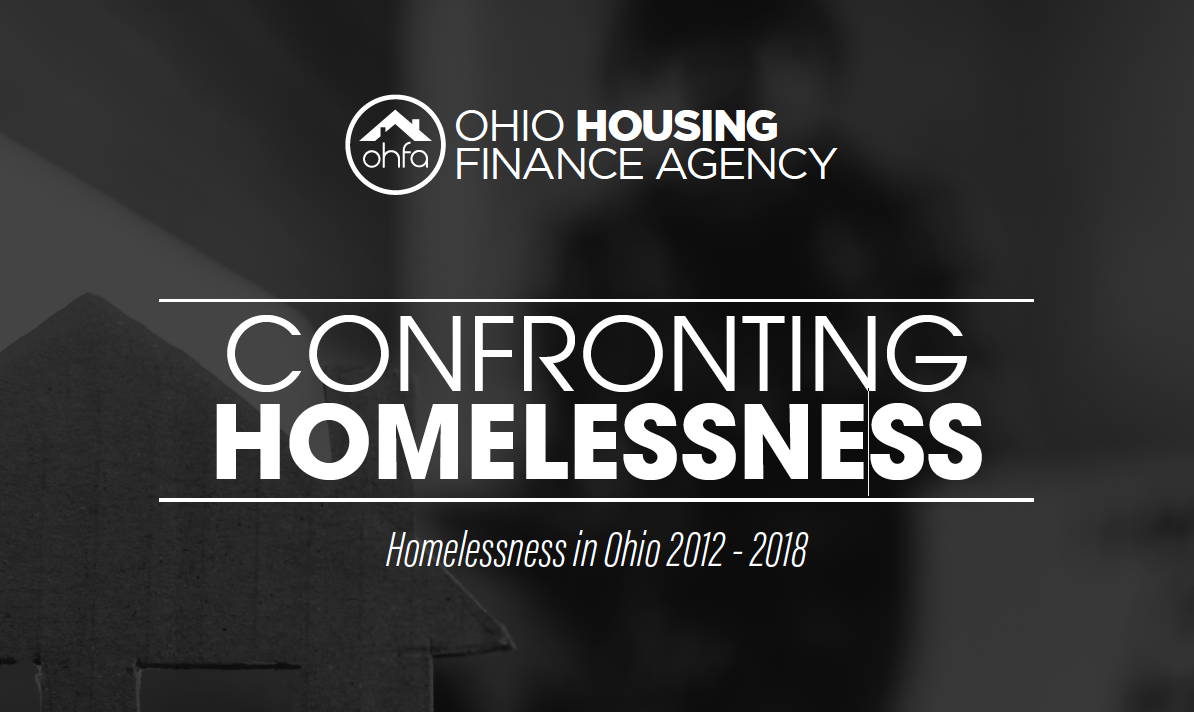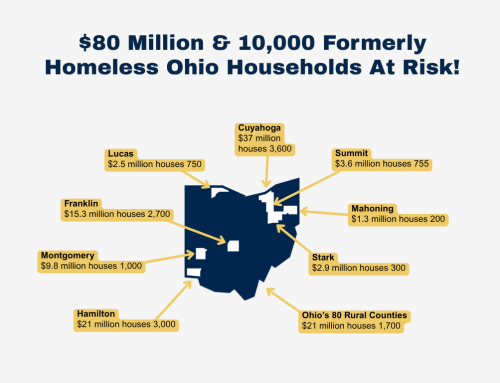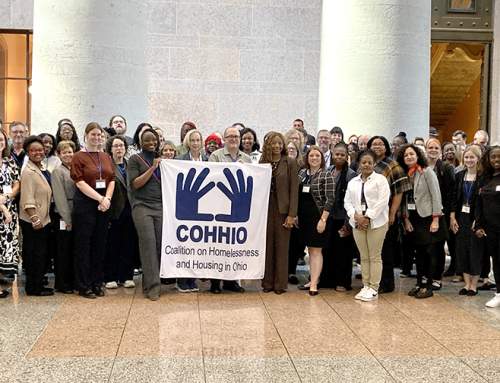In their recent report Confronting Homelessness, the Ohio Housing Finance Agency found that the number of Ohioans experiencing homelessness each year 30.8 percent from 2012 to 2018, while the state’s total population grew by only 1.3 percent.
Using data submitted by the state’s regional homeless systems, the report presents a stark picture of homelessness in Ohio.
- In 2018, 76,478 unique individuals were served by the homelessness system.
- About one in every 15 Ohioans accessed homelessness services that year.
This drastic number is a reflection of the state of housing in Ohio, reports OHFA. In 2018, there was a shortage of 256,875 affordable units. For extremely low-income Ohioans there were only 44 affordable and available units for every 100 households.
To be expected, with the cost of housing rising and availability decreasing, the impacts are felt disproportionately across groups.
- Black Ohioans represented constituted 49 percent of those accessing homeless services in 2018, but only 12.4 percent of the state’s population.
- Since 2012, the number of children experiencing homelessness has increased by 35 percent, reaching 21,827 minors in 2018, including 2,258 infants under age 1.
- The number of adults aged 55 and older needing homelessness services increased 50 percent over six years.
- Of clients entering programs in 2018, 7 percent were military veterans.
- Women represented 94 percent of the “single adult with children” population, while only representing 43 percent of the served homeless population.
The report also tracks where many clients went after exiting emergency shelter:
- 45 percent moved into an unsubsidized rental unit of their own.
- 21 percent moved into a subsidized rental unit.
- 27 percent moved in with family or friends, either on a temporary or permanent basis, which may lead to a high rate of re-entry into the homelessness system.
- 9 percent exited to another shelter.
- 7 percent exited the shelter to a place not fit for habitation, including more than 230 children under 18.
OHFA’s report highlights the desperate need for action on homelessness and housing stability in the Ohio region, along with the disproportionate impacts on Ohio’s most vulnerable populations.








